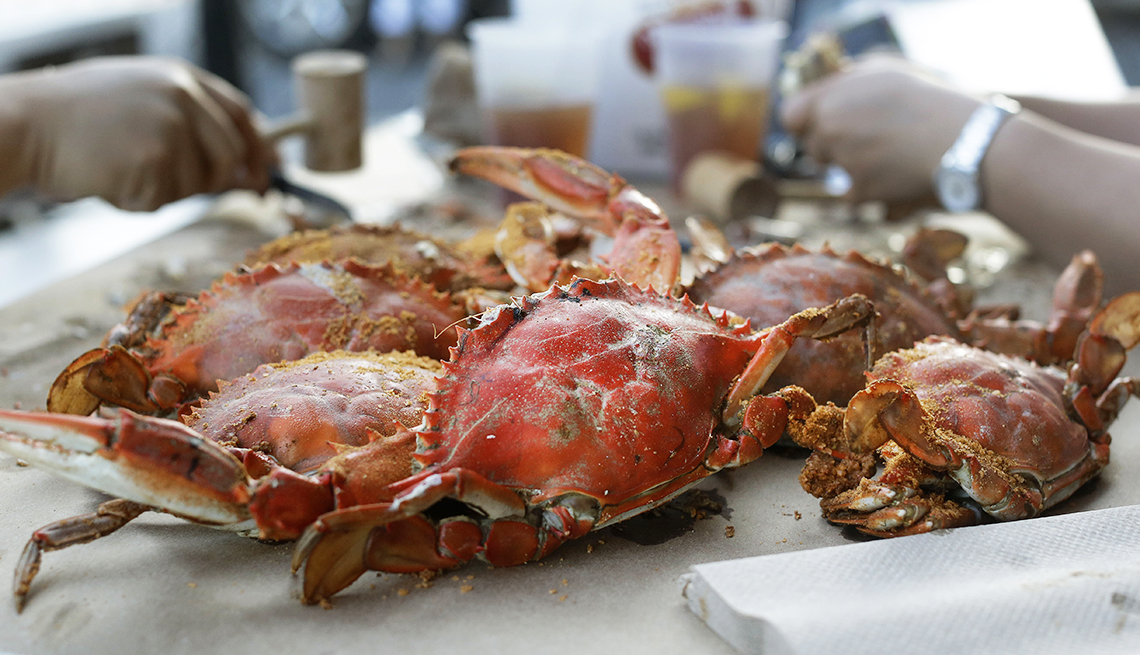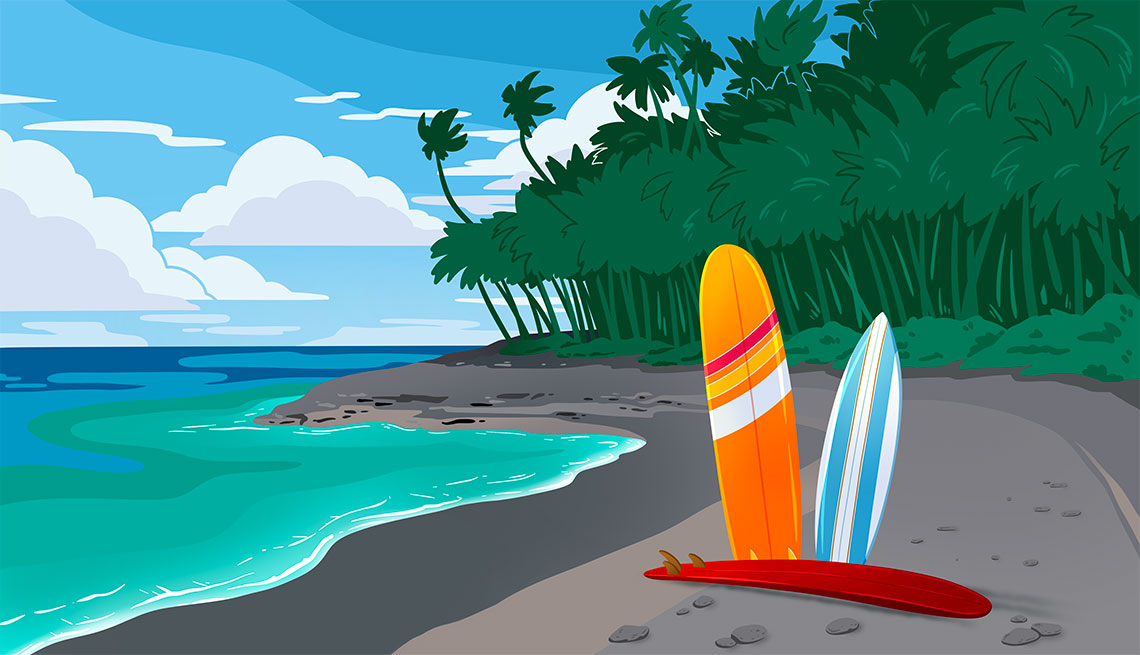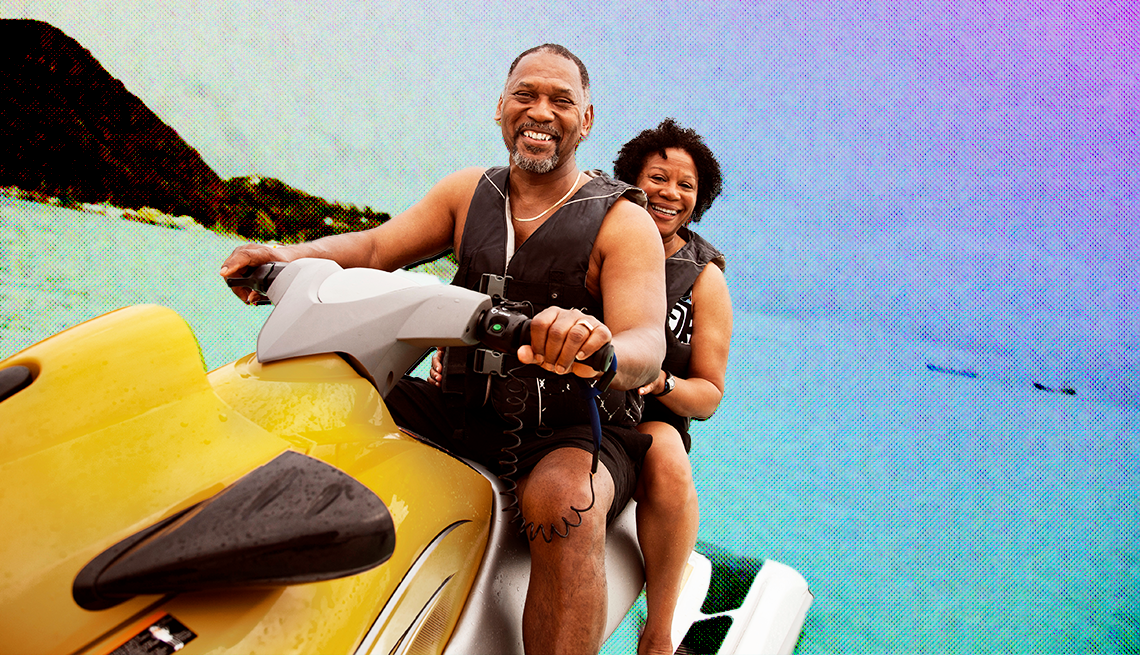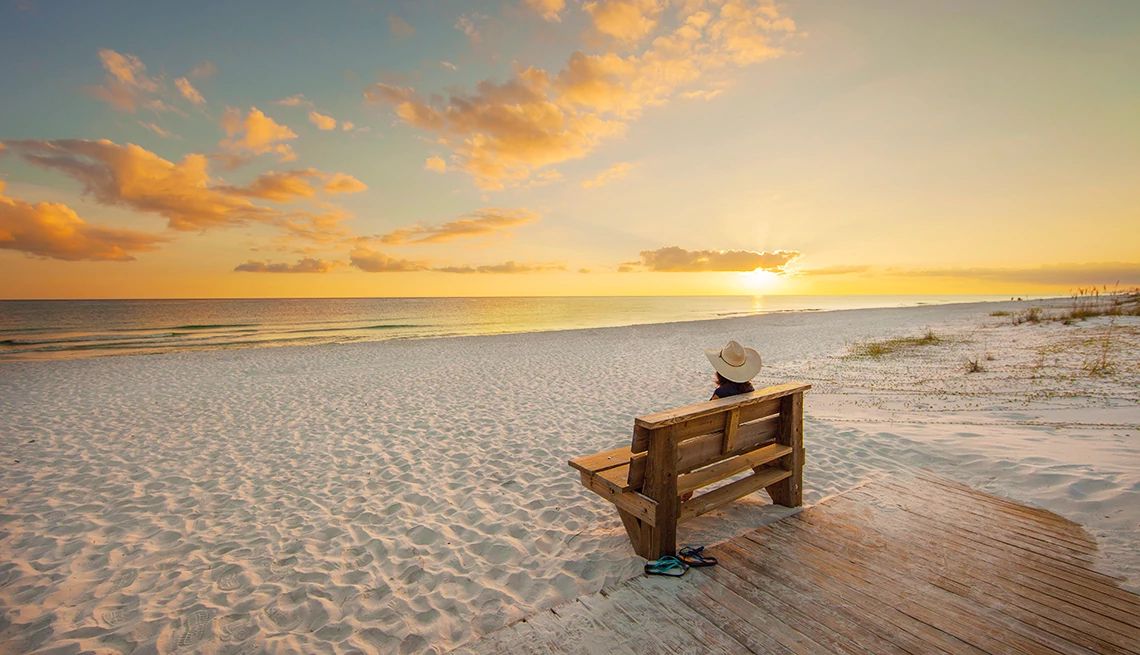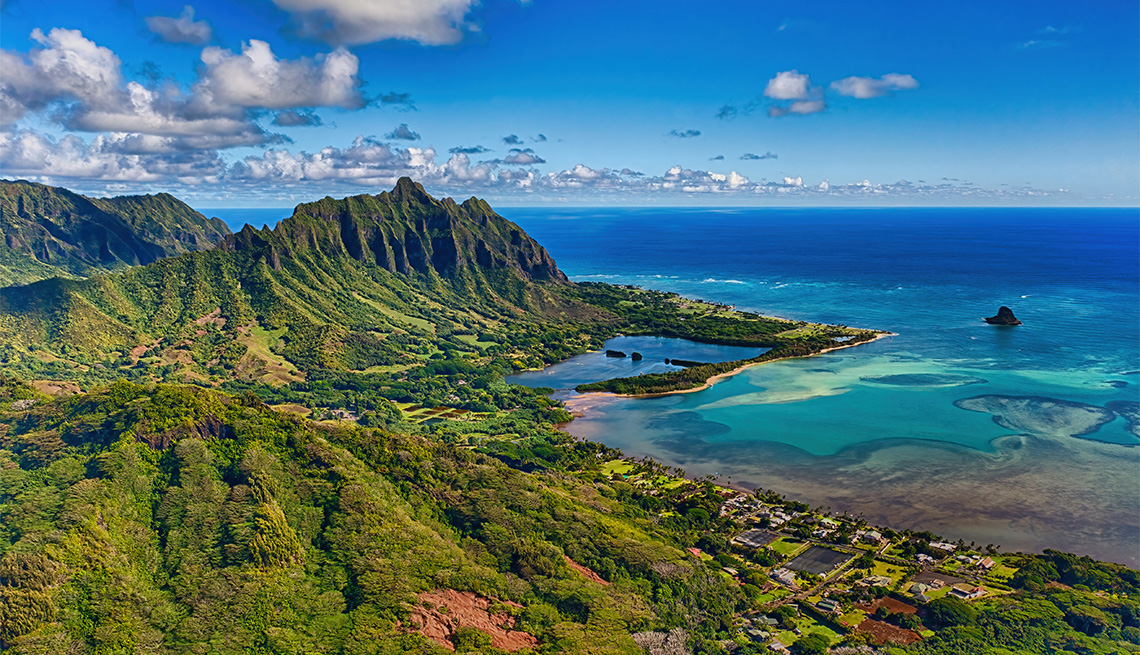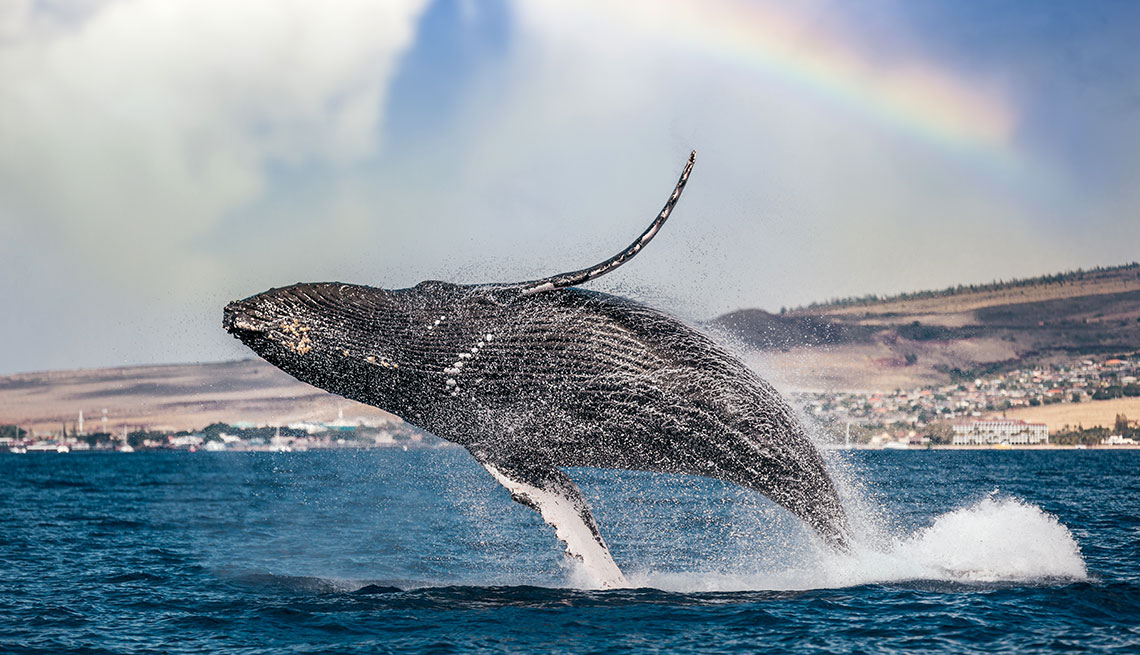AARP Hearing Center
The images of swaying palm trees, inviting turquoise waters and deserted white sandy beaches have long lured travelers to the islands of Hawaiʻi. Nearly 8.8 million people from around the world visited within the first 11 months of 2023. Though the entirety of Hawaiʻi encompasses a string of 137 islands in the Pacific Ocean, there are eight major islands, six of which are open to the public and welcome visitors. Just as the islands have their own vibes or personalities, so do their beaches, from iconic spots such as Waikīkī to the quietest stretch of sand in the most remote part of an island.
Here, we take a look at a handful of Hawaiian beach gems, following the chain from the island of Hawaiʻi north to Kauaʻi.
Because these beaches are lesser-known, lifeguards may not be present. Pay attention to the weather, which can affect waves and tides. Visitors are encouraged to review Ocean Safety and/or Safe Beach Day to check conditions before setting out.
Note: If you encounter wildlife on any of the beaches in Hawai‘i, please be mindful — give them their space and do not approach. Not only is it the considerate thing to do, but Hawai‘i imposes heavy fines on those who disturb native wildlife, including sea turtles and monk seals.


Hawaiʻi
There is a fairly new black sand beach in the Puna district on the eastern side of the island, south of Hilo. Pohoiki Black Sand Beach, also known as Isaac Kepo‘okalani Hale Beach Park, was created as a result of the 2018 activity of Kīlauea, one of the volcanoes in Hawai‘i Volcanoes National Park.
A popular surfing spot for experienced boarders, Pohoiki Black Sand Beach is terrific for swimming, too, though visitors will want to heed lifeguards’ warnings if issued. The beach is flanked by verdant palm trees and a bright blue sky overhead, a clash of colors that makes for incredible photos.
Stay: Reserve a room at Volcano House within Hawai‘i Volcanoes National Park.
Do: After walking through the 500-year-old Nāhuku (Thurston Lava Tube), go deep into the park to see the Puʻuloa Petroglyphs. About 23,000 petroglyphs have been found in the more than 500-year-old lava field. The uneven terrain at both of these sites could make walking or hiking moderately difficult; use caution.



























































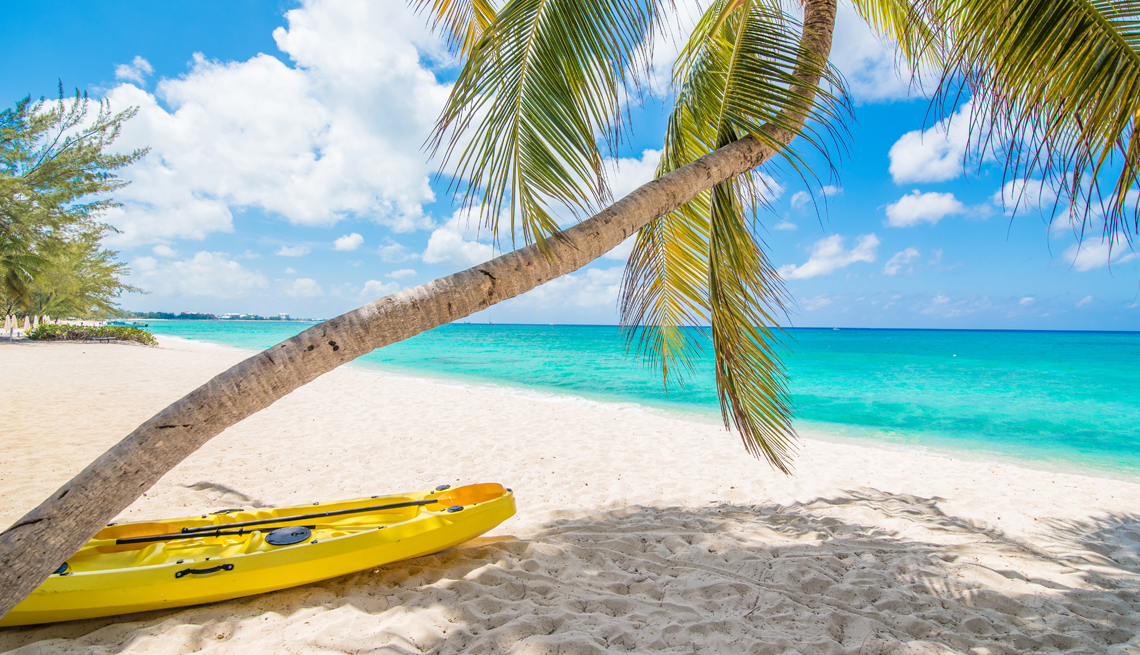
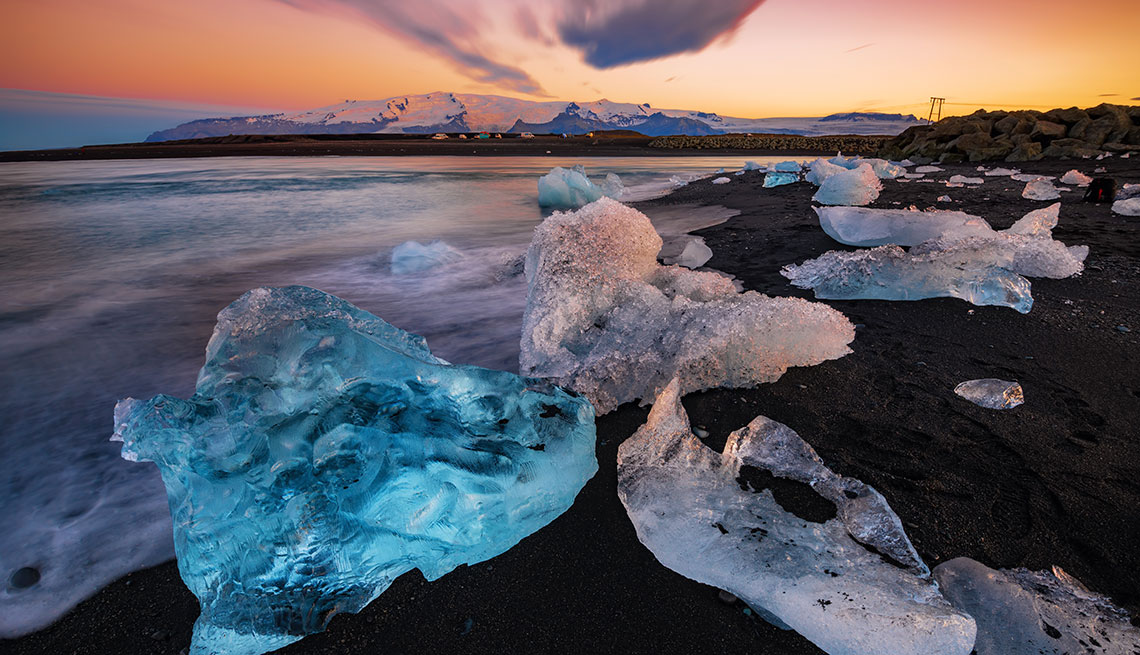

.jpg?crop=true&anchor=10,180&q=80&color=ffffffff&u=2xkwh0&w=2021&h=1161)


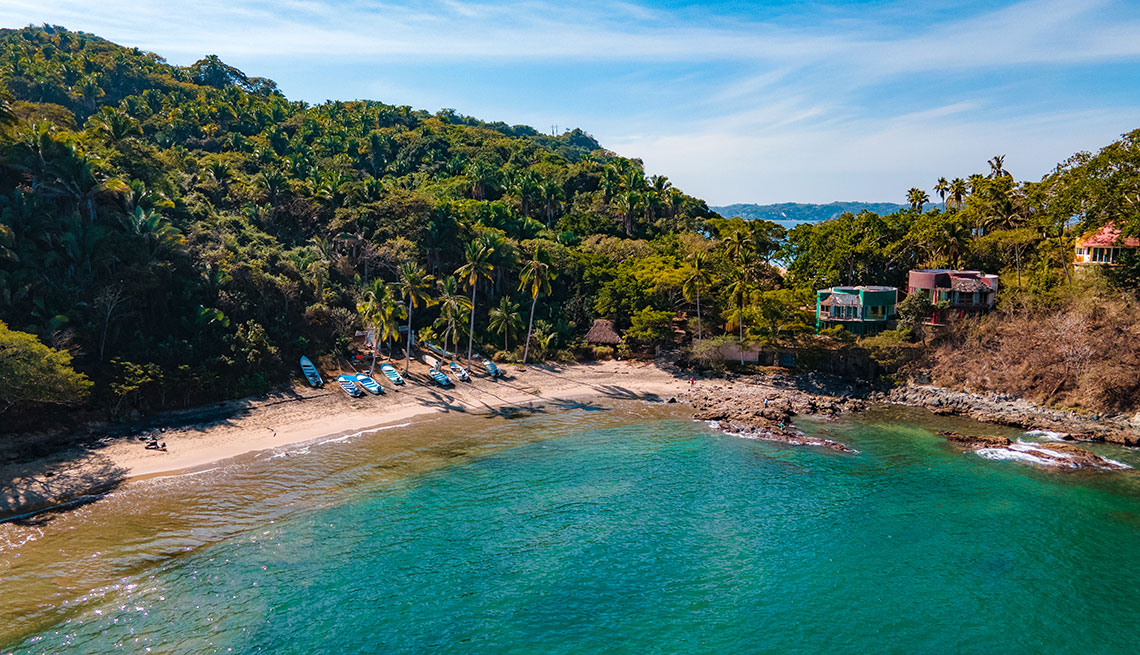
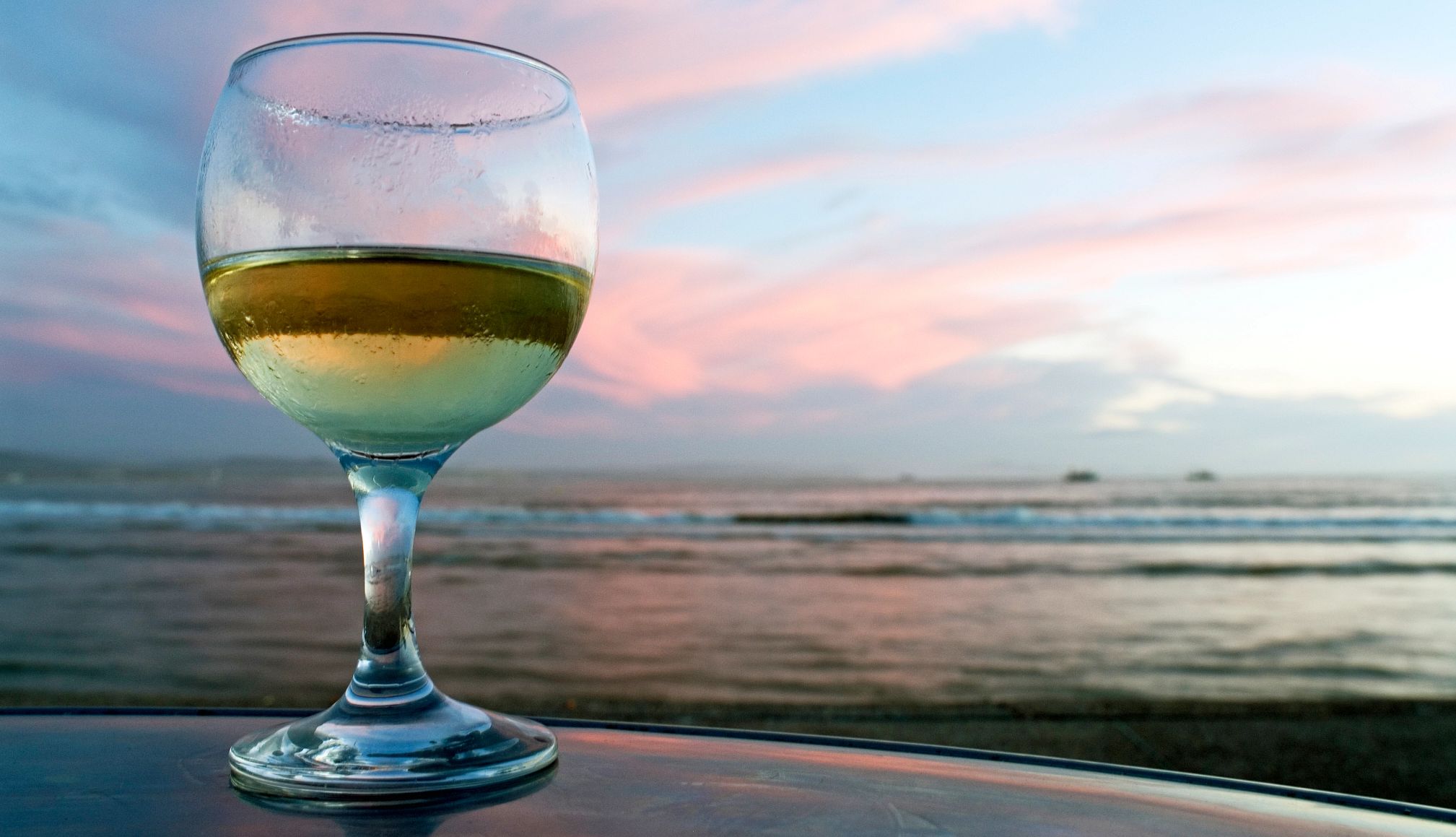
.jpg?crop=true&anchor=12,12&q=80&color=ffffffff&u=2xkwh0&w=2012&h=1156)
